Research

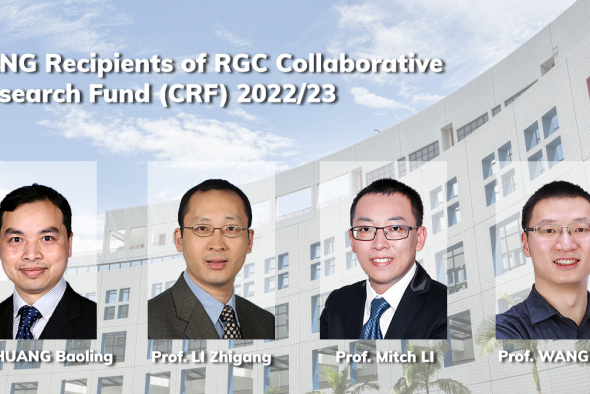
Funding to Drive Multidisciplinary Studies
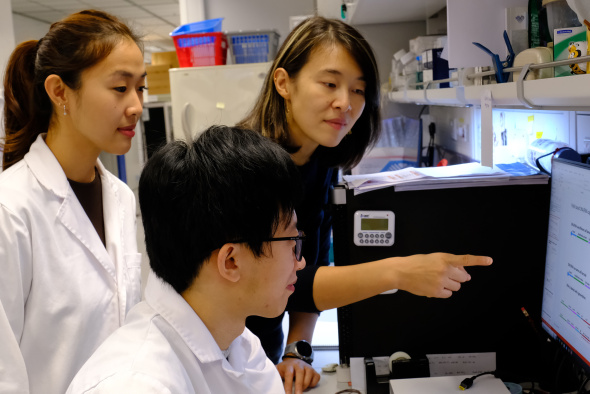
New Directions for Drug Target Discovery
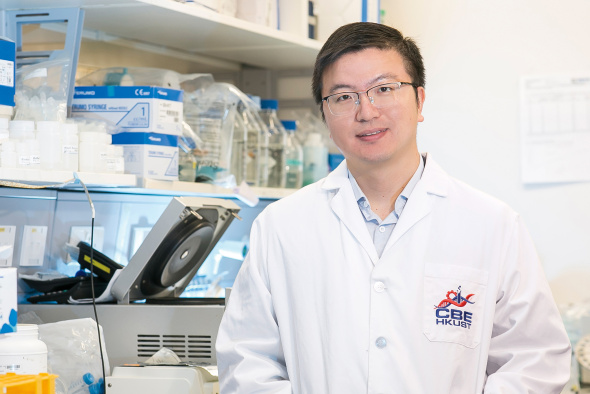
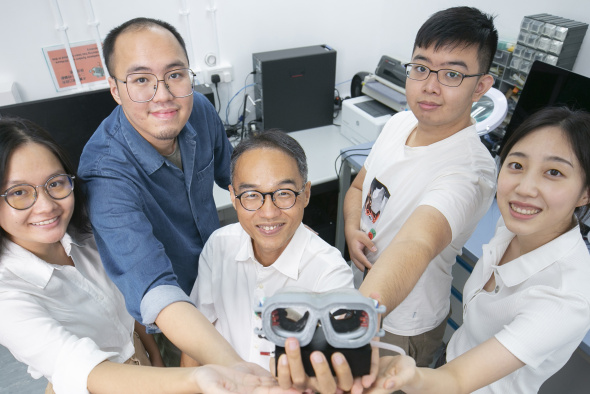
Research Team Invented Goggles Viable in Lowering Eye Pressure
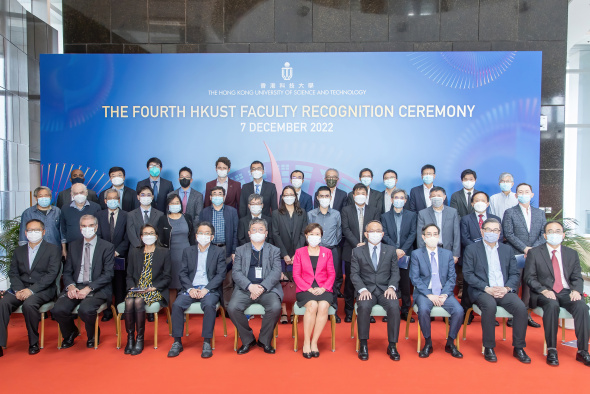
Recognition from Home
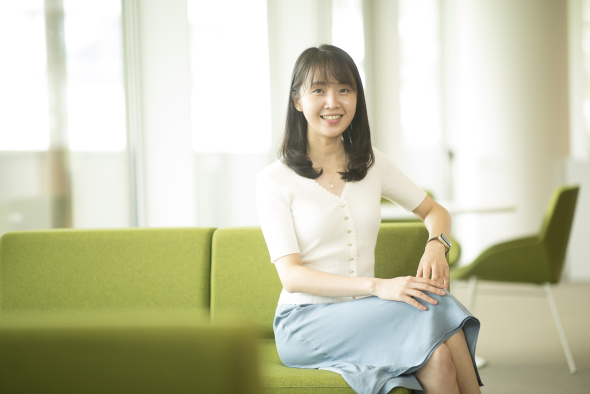
Wearable Biosensor Provides Real-Time Analysis of Health Condition
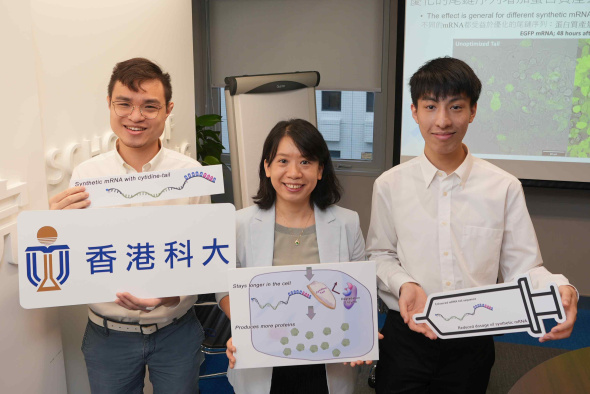
Optimizing mRNA Tail Sequence
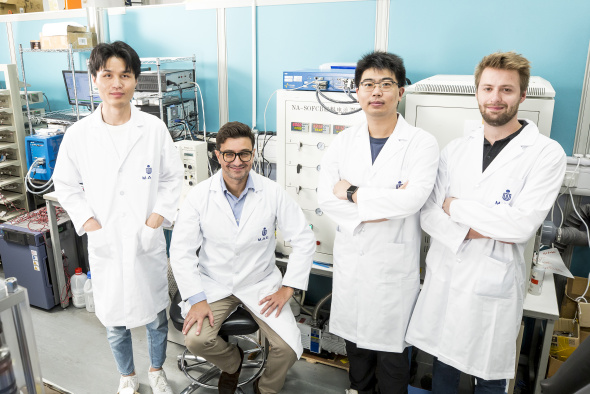
A Key Step Toward Commercialization
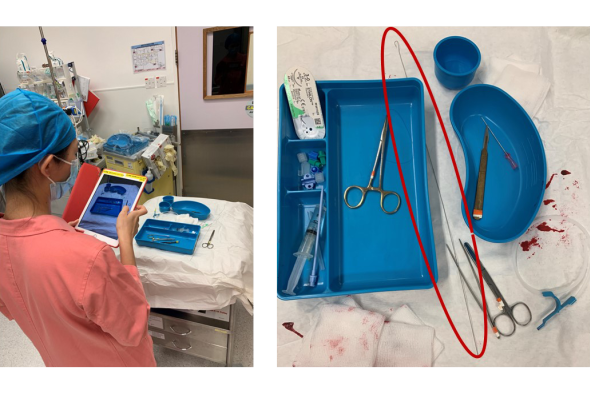
Translational Research Deployed as Clinical Practice
